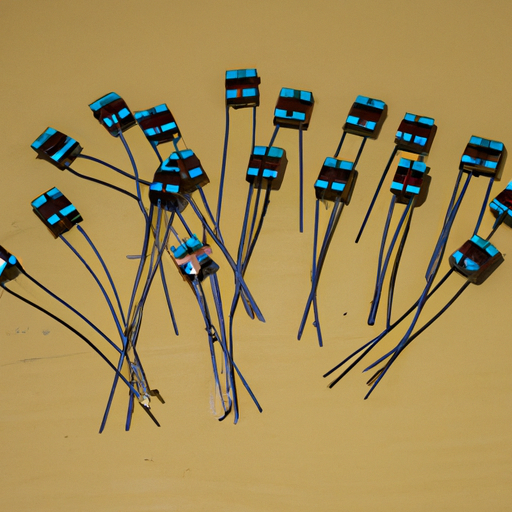The market size of how to connect a resistor is difficult to quantify as it is a niche market within the broader electronics industry. However, the demand for resistors and the knowledge of how to connect them is significant as resistors are a fundamental component in electronic circuits.
Resistors are used to limit the flow of electric current in a circuit, control voltage levels, and divide voltages. They are essential for ensuring that electronic devices function properly and safely. As such, the market for resistors is substantial, with global sales reaching billions of dollars annually.
The market for resistors is driven by various industries, including consumer electronics, automotive, telecommunications, and industrial automation. With the increasing digitization of society and the proliferation of electronic devices, the demand for resistors is expected to continue to grow.
In order to connect a resistor properly in a circuit, it is important to understand the basics of resistor technology and circuit design. There are several different types of resistors, including fixed resistors, variable resistors, and specialty resistors. Each type has its own unique characteristics and applications.
When connecting a resistor in a circuit, it is important to consider factors such as the resistor's resistance value, power rating, and tolerance. The resistance value of a resistor is measured in ohms and determines how much current will flow through the resistor. The power rating of a resistor indicates how much power it can dissipate without overheating. The tolerance of a resistor specifies the range within which its actual resistance value may vary from its nominal value.
There are several different ways to connect a resistor in a circuit, depending on the specific requirements of the circuit. The most common way to connect a resistor is in series with other components, such as capacitors, inductors, and other resistors. This configuration is known as a series circuit and is used to control the flow of current in a circuit.
Another way to connect a resistor is in parallel with other components. In a parallel circuit, the resistor is connected across the voltage source, allowing current to flow through the resistor independently of the other components in the circuit. This configuration is used to divide voltages and control the flow of current in different branches of a circuit.
In addition to series and parallel connections, resistors can also be connected in various other configurations, such as voltage dividers, current limiters, and voltage regulators. Each configuration has its own unique characteristics and applications, depending on the specific requirements of the circuit.
Overall, the market for resistors and the knowledge of how to connect them is significant and growing. As electronic devices become more prevalent in our daily lives, the demand for resistors will continue to increase. Understanding the basics of resistor technology and circuit design is essential for anyone working in the electronics industry. By mastering the art of connecting resistors, you can ensure that your circuits function properly and safely, and contribute to the continued growth of the electronics market.




















